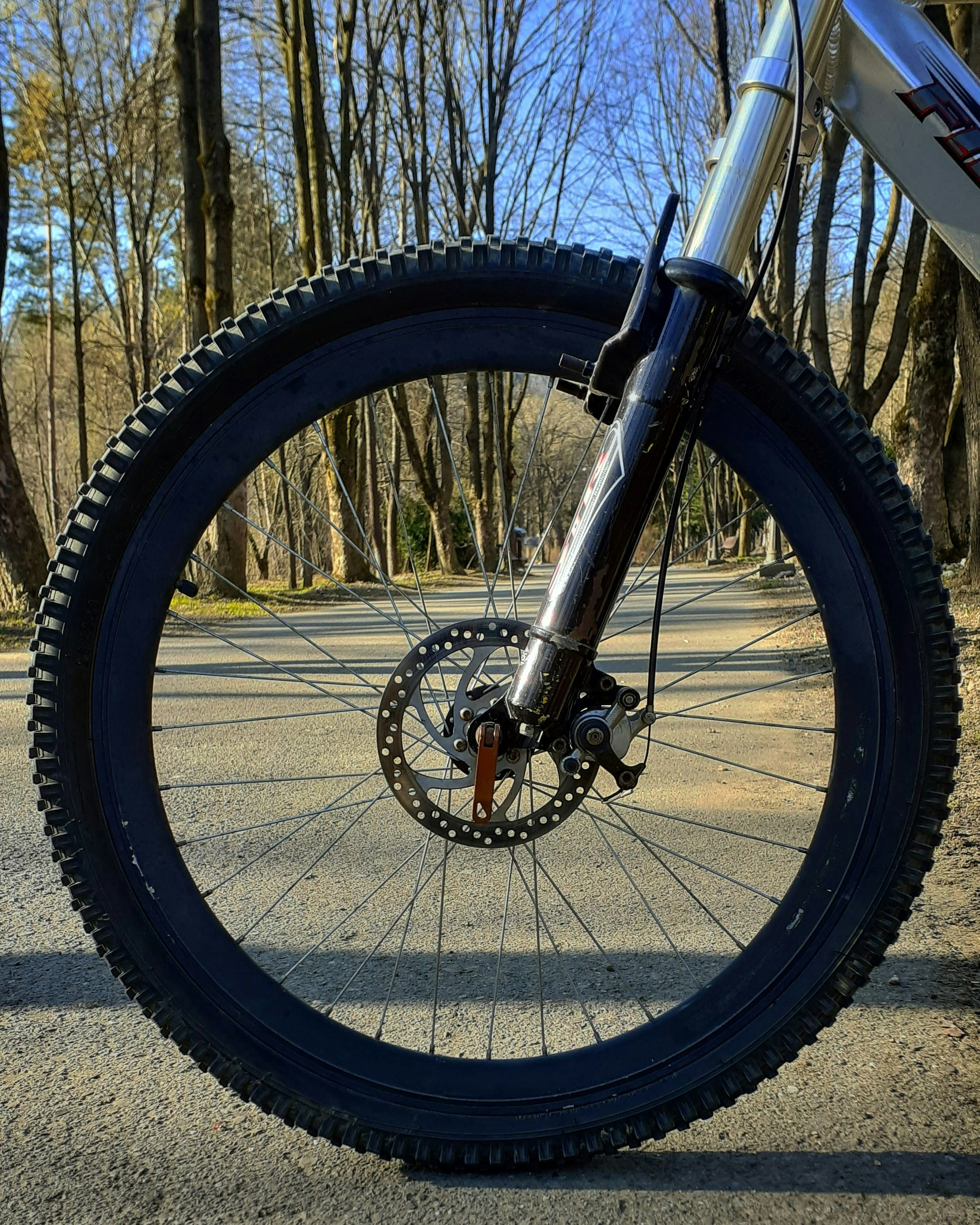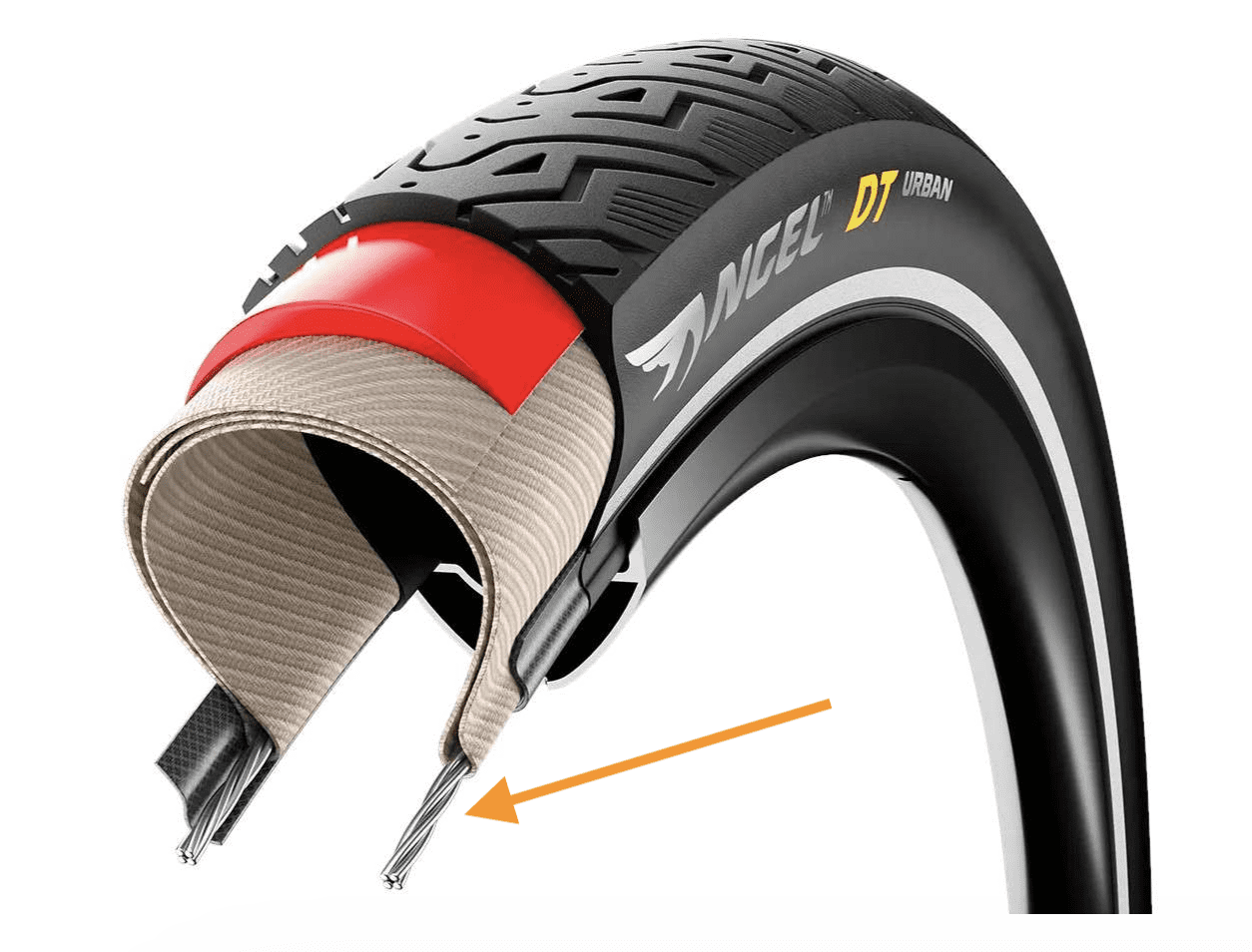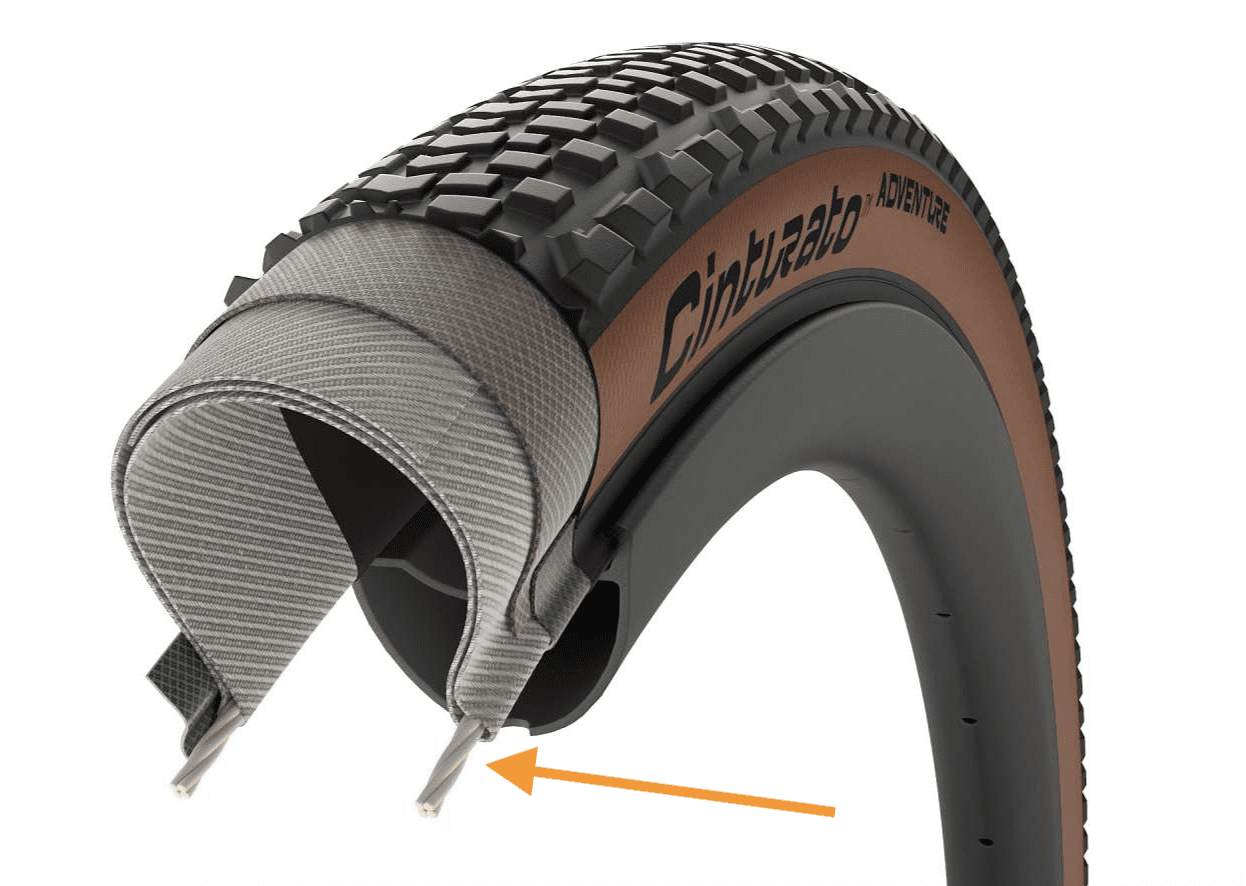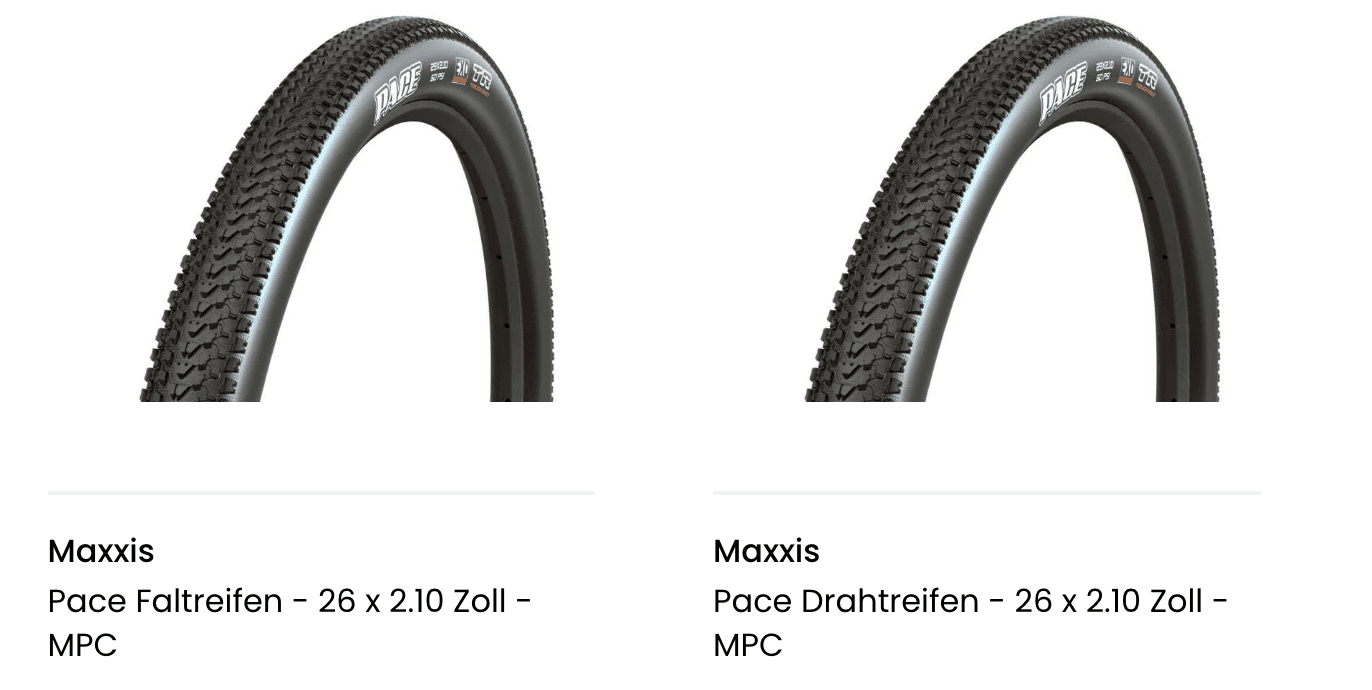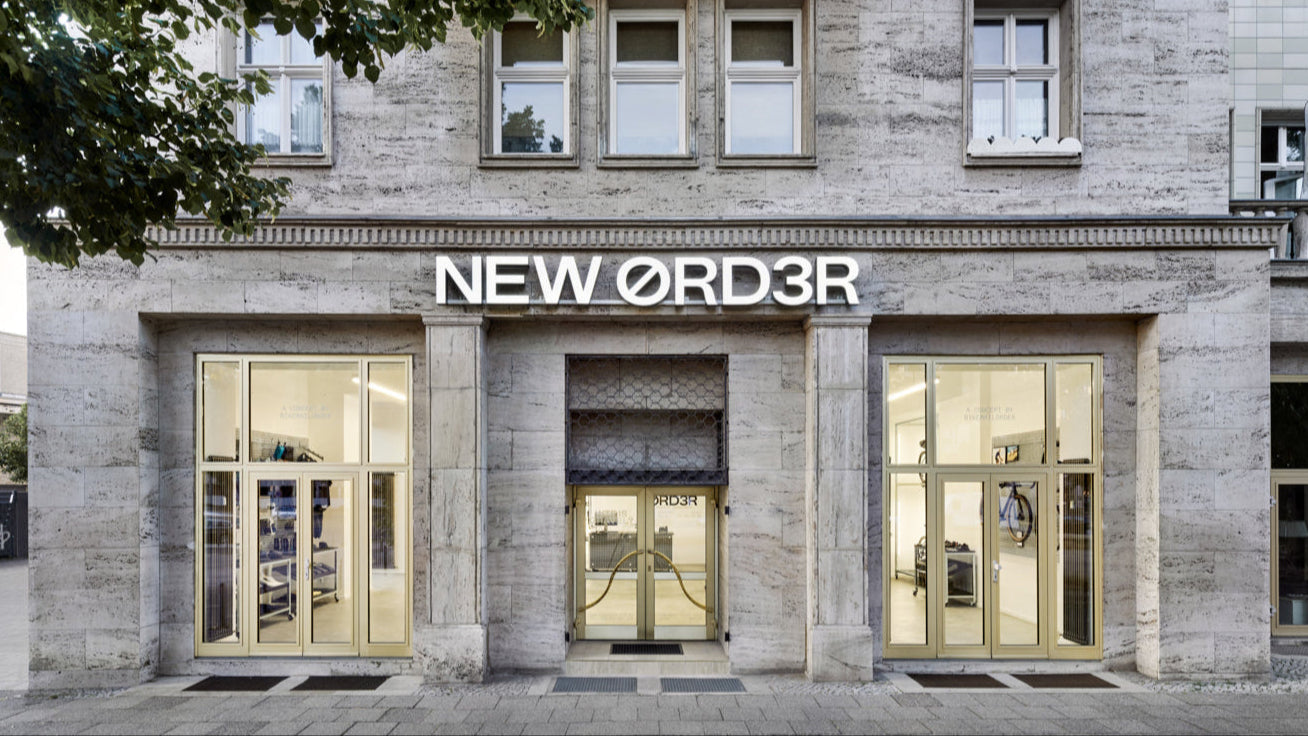What is a wire bead tire, what is a folding tire, and which is better for your bike? Actually quite simple: wire bead and folding tires are different constructions of the bicycle tire. Since the tire (or cover) is one of the wear parts on the bike, you will need a replacement sooner or later. Then you have to decide on a type of tire.
Does your bike need new tires? No problem, in this post you'll find a lot of information about tires and wheels. But above all, we take a closer look at folding and wire bead tires and compare their construction and function, because with very few exceptions, all bicycle tires are either folding or wire bead tires.
First the basics – what is the bicycle tire?
If you are familiar with bicycles, you can simply skip this part. For all those who are interested, here are some basic information about the wheel of the bike.
What is the wheel, what is the tire?
When it comes to “wheel,” parents of toddlers mainly think of the tiny play wheels that kids push with their feet until they can pedal. And that is absolutely correct! The mini-bikes for young cyclists are called wheels. But every wheel on a bicycle is also a “wheel”.
How is a wheel constructed?
The wheel consists of various bicycle parts, together they ensure that the bike runs smoothly.
- In the center of the wheel is the axle, it connects the wheel to the frame and fork.
- From the hub extend the spokes, they create a stable connection between the axle and the rim.
- The rim is the base that holds the tire.
- In the rim, the rim tape protects the tube from damage in the area of the spoke holes.
- In a “normal” setup, the tube and tire close the wheel from the outside.
| Here you can choose between folding and wire bead tires. |
- If you convert your bike to tubeless, the tube is omitted. Then there is a tubeless tire filled with sealant. Tubeless works only with the corresponding folding tires in combination with special rims.
- Additionally, brake discs and the sprocket set could be considered part of the wheels. However, since they do not come into contact with wire bead and folding tires, these components are not of further interest here.
Outside on the wheel, a wire tire or a folding tire ensures optimal driving characteristics. Image © Cosmin Ibanescu on Unsplash
The right time for new wire tires or folding tires
When does your bike need new tires? And should you replace the tires as a precaution? Or is it okay to wait until they are "due"? Here are a few tips:
- At the latest after 5 years a tire change is necessary, because the material can harden or become brittle.
- If you notice that your bike feels unsafe, because it has less grip on the road, you should quickly put on new tires. Maybe the braking distance is getting longer or you always have the feeling that your bike is slipping in the curve. Then it's high time!
- Even if the tires are visibly damaged or worn out, you should mount new tires. Depending on the model, they have a mileage of several thousand kilometers, but at some point, the tread is worn and no longer functions properly.
- Maybe you just want to experiment with the riding feel? Wider or narrower tires and a harder or stickier rubber compound change the bike's driving characteristics.
- Have you been getting from one "flat" to the next for a while? Then you should examine your tires more closely. Maybe they are damaged and are affecting the tube! A shard or thorn in the tire can ruin a brand-new tube in no time.
- The change of seasons is also a good opportunity for a tire change. Winter tires for winter, tires for dry conditions in summer, and all-weather tires for the transition are definitely a safe bet!
|
Don't wait too long to change your tires! Worn or outdated tires are a safety risk. |
Tire or Cover?
A bicycle tire is a part of the wheel. It is also referred to as a “cover.” The term may be somewhat outdated, but it is still allowed. The tire/cover serves many functions:
- It is responsible for the rolling behavior of the wheel.
- It protects the tube from damage.
- The tire ensures good grip, safe braking maneuvers, and reliable cornering.
- If you ride tubeless, it also needs to stay airtight!
To make this work, a bicycle tire consists of different layers, each made of high-tech materials specifically designed to perfectly fulfill particular purposes.
Whether wire tire or folding tire, the cover consists of several layers. Image © Schwalbe
Folding tires and wire tires are made of these layers:
Casing
The casing is the framework of the bicycle tire, found in folding tires and wire tires. In the past, cotton fabric was used, today the casing is made of synthetic fibers like nylon. Whenever it comes to the casing, you will encounter the term TPI . TPI stands for “threads per inch”, meaning threads per inch, the larger the number, the denser the fabric around which the tire is built.
Puncture protection
There are different ways to make a tire puncture-proof. Of course, every tire is as durable as possible, but many tires are even better protected against damage than others. Some tires get a thick rubber layer, others are equipped with a fabric that is supposed to prevent damage to the tube. Sounds really sensible, so why doesn't every bicycle tire have a puncture insert? The answer is simple: This additional layer makes the tires heavier, so it is not suitable for lightweight tires and competition tires! The extra layer can also affect the riding characteristics, making the tire roll less smoothly. Those who appreciate a very direct riding feel may want to do without it. While in wire tires any puncture protection works, the insert in folding tires must logically be foldable.
|
It can certainly happen that you have to decide between better puncture protection and light rolling behavior. |
Sidewalls and bead
Sidewalls and bead close the tire towards the rim. The sidewalls and the tread can be “seamless” in wire tires and folding tires, meaning formed from one material. However, they are also available with a visible color difference. Besides this optical component, the sidewalls are responsible for the lateral protection of the tube. The bead is a thicker ring on the edge of a tire that “hooks” into the rim.
|
And this is exactly where wire tires and folding tires differ. In wire tires a stiff wire is used for stabilization, while in folding tires a flexible material is used. |
Tread
The bicycle rolls on the tread, making it one of the most important parts of your bike ! The rubber compound of the tread determines whether the tire rolls easily or with more difficulty, how well it holds on wet roads, and how quickly the tire wears out. Additionally, the tire profile is part of the tread. It ranges from slicks for racing bikes (i.e., no recognizable profile) to thick knobs for off-road bikes.
Skinwalls or Whitewalls - both wire tires and folding tires can set visual accents. Image ©Onza Tires
The structure of a wire tire and a folding tire
You've already read it, almost every bicycle tire is either a wire tire or a folding tire, because even tubeless tires are usually folding tires, even if they are often found in their own category.
Bicycle tires in the shop
Folding tires | Wire tires | Tubeless Ready | Tube tires
What is a wire tire?
Wire tires are very common, almost every bicycle is equipped with these tires, they are considered standard and are therefore mounted on the majority of bicycles up to the higher price segment. The wire tire consists mostly of the same parts that you also find in folding tires, the big difference is invisibly embedded in the rubber material: In the wire tire, a sturdy wire ring is hidden in the tire bead (i.e., in the two outer edges). With this wire, the tire is "clamped" onto the rim. That's why wire tires should not be bent - a bent wire would not sit firmly on the rim.
You can also find wire tires under the English terms "Clincher" or "wire"
In the wire tire, a wire provides stability. Image ©Pirelli
The advantages of wire tires ✅
Wire tires are widespread and inexpensive. So it is neither difficult nor costly to provide replacements. They are also easy to mount, you don't need to go to the bike shop, with a little practice you can change the tire yourself. Due to the wire ring, wire tires have a particularly secure hold on the rim, even if the tire loses air, it does not jump off the rim.
The disadvantages of wire tires ❌
Wire bead tires are heavier than folding tires because they usually come with a bit more material. Therefore, they are not used on performance bicycles. The rolling behavior and handling are often perceived as a bit sluggish, which is also a side effect of the thicker material.
> Continue to our Wire bead tires
What is a folding tire?
In a folding tire, the wire ring in the tire bead is omitted, and these tires are stabilized by a ring made of flexible material (such as aramid or Kevlar fibers). These tires can be folded without being damaged.
In some product descriptions, folding tires are categorized with the English term “folding”.
In folding tires, flexible threads provide stability. Image © Pirelli
The advantages of folding tires ✅
- Folding tires are lighter than wire bead tires. They are generally of higher quality than the cheaper wire bead tires and therefore often use less material. You can save up to 200 grams here in comparison – in MTB this is rather a smaller item, but in gravel bikes or road bikes, the lower weight makes the tire change quite interesting!
- Folding tires also score with slightly better rolling behavior and handling than wire bead tires.
- Folding tires can be folded into small packages, they have a much smaller packed size when folded. This is practical for shipping on one hand, and on the other hand, it makes it easier for you to carry spare tires when bikepacking, on long tours, bike vacations, and so on! A folding tire can easily be put into your bike bags or even into the jersey pocket!
- Folding tires are often tubeless compatible. However, this does not apply to all folding tires, if you want to convert your bike to tubeless, you should read the product description of the tire to ensure that the targeted tire is tubeless ready. You also need special rims for the conversion.
The disadvantages of folding tires ❌
- A folding tire is generally more expensive than a comparable wire tire because the construction is more complex, especially if you buy tires that are tubeless ready.
- Compared to the wire tire, a folding tire has a slightly less good grip on the rim. This is particularly noticeable if the tire suddenly loses pressure, such as a blowout, or if a leak is initially unnoticed. Then the folding tire can pop out of the rim and bring the bike into a wobble.
> Continue to our Folding tires
Wire tires or folding tires in overview
|
Wire tire |
Folding tire |
|
✅ cheaper |
❌ more expensive |
|
✅ stable grip on the rim |
❌ can pop off |
|
✅ easy installation |
❌ can be more difficult to install |
|
❌ heavier |
✅ lighter |
|
❌ not foldable |
✅ small packed size |
|
❌ not tubeless compatible |
✅ tubeless possible |
|
❌ cumbersome rolling behavior |
✅ good rolling behavior |
Table: Wire tire vs. folding tire, advantages and disadvantages
Do wire tires and folding tires fit the same rim?
As a rule, you can freely choose whether to mount folding or wired tires on your rims; both versions fit all common rims. This applies at least if you will be riding "with a tube." Note, for a tubeless setup, you need special rims!
Conversely, the combination works without problems – you can ride tubeless rims and also tubeless tires with a tube.
Folding tire and wired tire models in direct comparison
You like the driving characteristics of your current tire. But it is a wired tire and you would like to test a folding tire? No problem, some bicycle tires are available as wired tires and as folding tires. The construction, rubber compound, and even the tread are the same. However, you will certainly notice the difference in the weight of the tire, in the driving characteristics, and in the size of the package (when you order your tires). Especially the weight difference can be quite significant, it can make +/- 100 grams or more per tire.
Same model – once as a folding tire, once as a wired tire. Image © Maxxis
Wired tires and folding tires for road bike, gravel bike, MTB, and more.
What types of tires are there for which types of bicycles? In general, you can buy any system for any type of bicycle.
- For road bikes There are affordable wire tires, fast folding tires, and tubeless tires. Additionally, you can also mount a very special type of tire here, as tubular tires are only available for racing bikes.
- MTBs are often ridden with folding tires, as tubeless systems are becoming more widespread. But affordable bikes also work perfectly with wire tires.
- With a Gravel Bike the intended use often makes the difference. "Good" gravels, which are meant to go on long tours, often get folding tires, while cheaper gravel bikes, used for everyday and smaller tours, frequently roll on higher-quality wire tires.
- On everyday bikes like city bikes and trekking bikes, wire tires are often found.
Other Types of Tires
Spoiler right at the beginning: There is exactly one other type of bicycle tire: tubular tires. Tubular tires are a special system where the tube and tire are sewn together. These tires are only available for racing bikes (and thus in very narrow tire widths), and you need very special rims to mount them.
Tubeless tires are usually folding tires and therefore not "other tires."
Wire Tires & Folding Tires Comparison – Who are the Best Manufacturers?
There are different manufacturers who produce excellent tires that we like to recommend.
- Bicycle tire veteran Schwalbe has a wide range of folding and wire tires for all types of bicycles in its portfolio. Particularly interesting here is the grading in puncture protection classes, which allows you to directly choose the safest tires.
- Continental is not only known for car tires, the manufacturer's bicycle tires are also known and widespread.
- Pirelli is also on the road with cars and bikes.
- Mountain bikers who like to rely on specialists should shop at Onza. Until a gravel/urban tire snuck in, it was MTB-only here.
- It looks similar at Vittoria. There are also other products, but the heart of the Italians beats for racing bike tires.
Thanks to the wide selection, there are cheaper and more expensive products for every bike and in every tire size. There is one exception here: MTB tires are usually significantly more expensive, as they simply require much more material than all other tires.
⭐These Bicycle Tire Brands You Should Know ⭐
Continental | Schwalbe | Maxxis | Onza | Vittoria | Pirelli
Buy the right tires for your bike in 4 steps
If you have read this post up to here, you are probably looking for new tires for your bike. You now know whether folding tires or clincher tires are better. But now you still have to buy the right tires.
There is a quick and safe way to buy the right tires—just look at the tires your bike currently has. There you will find the tire size printed. You can then first decide whether you want to buy folding tires or clincher tires. Then set the filter to the corresponding tire size and you will have a selection of suitable tires in the results.
Whether clincher tires or folding tires—your old tire usually shows the correct tire size. Image © Pirelli
If you are looking for a replacement without an old tire, you should know or measure the tire width and the diameter. You can find detailed instructions here in the Bike Blog.
- Find the appropriate tire diameter (Instructions and info on tire diameter in the blog)
- Find the appropriate tire width (Instructions and info on tire width in the blog)
- Decide on clincher tires or folding tires.
- Maybe you just want to buy all-weather tires? But there are also tires for wet weather, winter, or dry days! You can find the application area of the specific folding tires and wire tires in the product descriptions.
- Don't forget to buy the appropriate tubes as well!
❗More information about bicycle tires ❗
Tire Width | Tire Diameter | E-Bike Tires | Gravel Tires | Bicycle Valves | Tire Pressure
Cover image: Engin Akyurt on Unsplash


